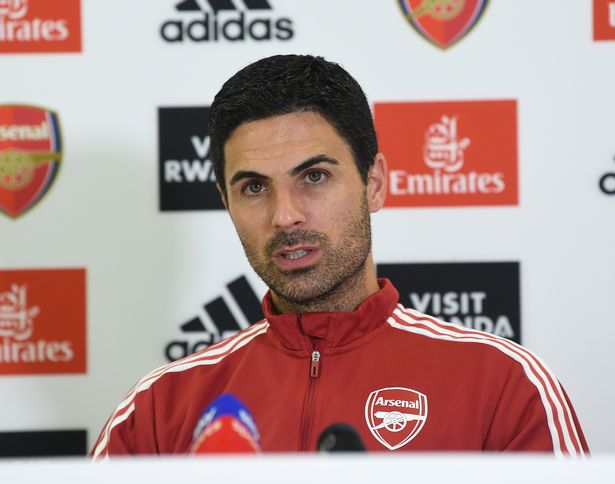Britain plans to generate a third of its electricity from offshore wind farms by 2030 and boost the value of exports of offshore wind services and equipment to 2.6 billion pounds (3.4 billion dollars) a year, the government said on Thursday.
Britain, which aims to lift industrial productivity as it leaves the European Union, is the world’s biggest offshore wind market with almost 40 per cent of global capacity.
On and offshore wind turbines met 17 per cent of UK power needs in 2018.
Under the initiative, the government said it would encourage companies to invest 250 million pounds in expanding production of windpower equipment so 60 per cent of content for British offshore windpower projects were domestically produced by 2030.
Claire Perry, Britain’s clean growth and energy minister, said in a statement the plan would help coastal communities and would ensure the country remained a global leader in the sector.
The government aims to triple the number of skilled jobs in the offshore wind industry to 27,000 by 2030.
Siemens Gamesa and MHI Vestas, a venture between Denmark’s Vestas Wind Systems A/S and Japan’s Mitsubishi Heavy Industries, already make turbines in Britain.
Britain now has total installed wind power capacity of 20 Gigawatts (GW) with offshore wind farms accounting for 8 GW.
Offshore capacity will reach 30 GW by 2030 under the plan.
The country also hosts the world’s largest wind farm, Orsted’s 659 Megawatt (MW) Walney Extension project with 87 turbines, some of which can generate 8.25 MW each.
Britain aims to close coal-fired power stations by 2025 as it seeks to cut greenhouse gas emissions.
The failure of some nuclear power plans has also encouraged the focus on offshore wind to fill the potential power gap.
Environmental group Greenpeace said the government was still not doing enough to support low-carbon electricity production, saying Britain needed at least 45 GW of offshore capacity by 2030.
The government plan also did not mention power storage plans to deal with intermittent wind generation, although it has previously said it would develop a flexible grid with more links to Europe to help balance supply and demand fluctuations.
To help fund wind projects, Britain has said it would hold subsidy auctions, offering so-called contracts for difference (CfDs), every two years into the 2020s.
CfDs guarantee generators a minimum price for renewable electricity.
Contracts worth £60 million will be auctioned in May. Innogy and SSE are among companies that have said they will bid.
The cost of offshore wind power has tumbled. Contracts in 2017 offered prices as low as £57.50 per megawatt hour (MWh) compared with about £150/MWh in 2014.
(Reuters/NAN)
You may be interested

Vitolo Announces Retirement From Football
Webby - December 22, 2024Former Spain forward Vitolo has announced his retirement from football.The former Atletico Madrid, Las Palmas and Sevilla confirmed his retirement…

La Liga: Iheanacho Missing In Real Madrid, Sevilla’s Six-Goal Thriller
Webby - December 22, 2024Super Eagles forward Kelechi Iheanacho was missing in action as Real Madrid defeated Sevilla 4-2 in Sunday’s La Liga game.Iheanacho…

Salah Makes EPL History In Liverpool’s 6-3 Win Vs Spurs
Webby - December 22, 2024Mohamed Salah was the standout performer as he bagged a brace and also provided two assists, in Liverpool’s 6-3 win…






















![American Pastor, David Wilson Seen Eating The Box Of Woman Who Isn’t His Wife [Video]](https://onlinenigeria.com/wp-content/uploads/2019/10/american-pastor-david-wilson-seen-eating-the-box-of-woman-who-isnt-his-wife-video-150x150.jpg)









Leave a Comment